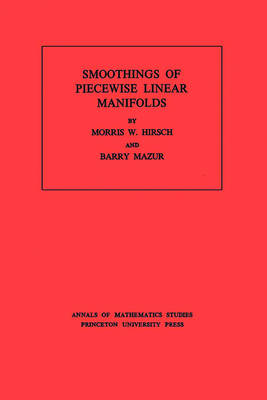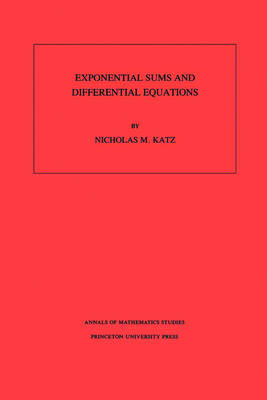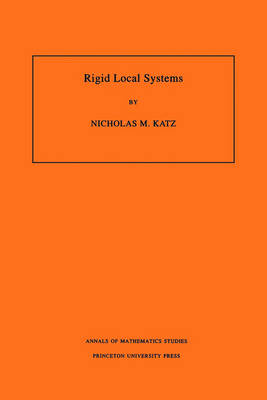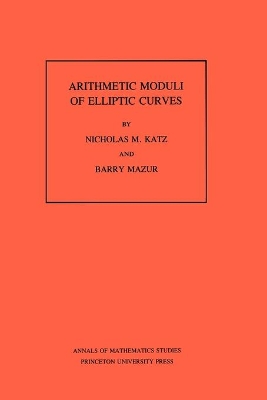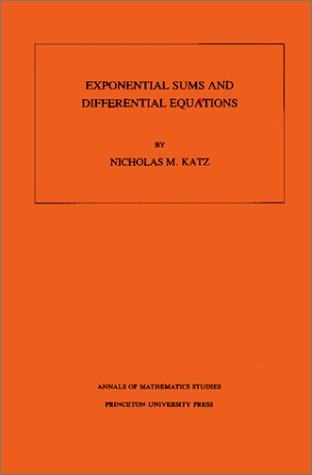Annals of Mathematics Studies
5 primary works • 7 total works
Book 80
Smoothings of Piecewise Linear Manifolds. (AM-80)
by Morris W. Hirsch and Barry Mazur
Book 108
Arithmetic Moduli of Elliptic Curves. (AM-108)
by Nicholas M. Katz and Barry Mazur
Book 124
Book 139
Book 180
Arithmetic Moduli of Elliptic Curves. (AM-108), Volume 108
by Nicholas M. Katz and Barry Mazur
Exponential Sums and Differential Equations. (AM-124), Volume 124
by Nicholas M. Katz
This book is concerned with two areas of mathematics, at first sight disjoint, and with some of the analogies and interactions between them. These areas are the theory of linear differential equations in one complex variable with polynomial coefficients, and the theory of one parameter families of exponential sums over finite fields. After reviewing some results from representation theory, the book discusses results about differential equations and their differential galois groups (G) and one-parameter families of exponential sums and their geometric monodromy groups (G). The final part of the book is devoted to comparison theorems relating G and G of suitably "corresponding" situations, which provide a systematic explanation of the remarkable "coincidences" found "by hand" in the hypergeometric case.
